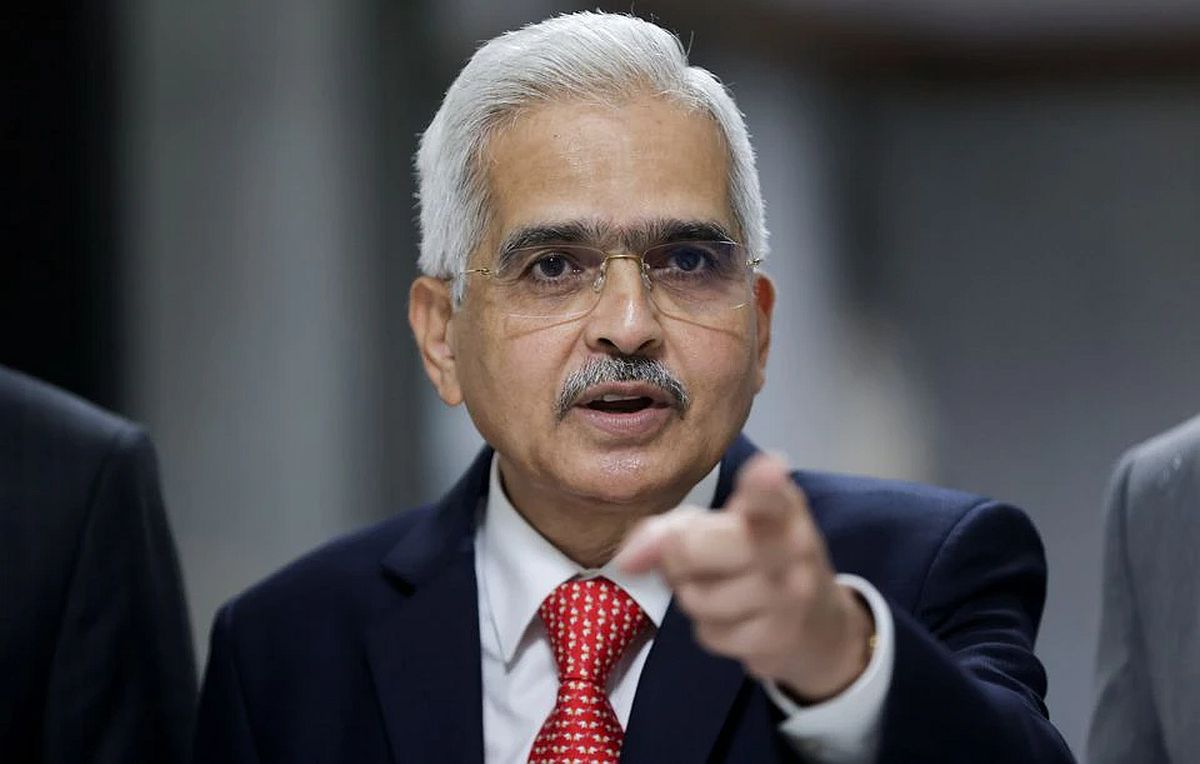Is Inflation Focused Framework Competent Enough To Gauge The Impact Of Monetary Policies Of Central Banks?
Central banks across the globe have adopted inflation targeting in this millennium, often overlooking other considerations such as economic development or employment.

Every twitch and twist of central banks is watched and assessed by eminent financial writers across the globe. Let’s explore India’s economy, how it has evolved over the past 75 years, and how the RBI’s power to control pricing has evolved. Its tools and capabilities emerge to be too restricted at times. Western central banks exert more significant influence. But they fail so often that when they succeed, one wonders if they are intelligent or lucky.
Central banks across the globe have adopted inflation targeting in this millennium, often overlooking other considerations such as economic development or employment. However, some monetarists believe that central banks should only target one parameter – inflation – since targeting several parameters leads to internal conflicts and fuzziness.
The RBI’s inflation goal is 4% +/- 2%, which translates to a 2-6% range. Staying within that range is such a broad range that is calling it ‘inflation control’ is a bit of a stretch. The US Federal Reserve has set a 2% inflation objective with no buffer. As a result, even 1% or 3% is considered an issue.

For much of the last ten years, the Fed was concerned about deflation rather than inflation, and it strove in vain to raise inflation from 1% to 2%. Then, theories of a new age in which substantial fiscal and monetary stimulus would not generate inflation arose. But, just as that view gained traction, Covid and Ukraine struck, causing inflation to spike. The Fed initially ignored this as a transient surge but had to eat crow when inflation reached 8%, four times the objective. It then hiked interest rates sharply and again, yet inflation is still hovering around 6%.
No monetary theory can adequately explain all of the developments that have occurred in recent decades. Some critics slammed the Fed and other central banks for invoking ‘long and varied delays’ to excuse their failings. Monetary policies might take 12-18 months to take effect fully. Furthermore, so many other things change over such a long period that no one can precisely quantify the role of monetary measures.
The RBI may claim more fantastic performance than the Fed, having largely kept within its target range since the start of inflation targeting in 2016. This relative success, however, has been aided by a broad goal range of 2-6%.
Inflation measurement is more complex than non-experts may believe. The consumer price index (CPI), which the RBI aims towards, is a poor inflation indicator. While the CPI has remained bearable in recent years, wholesale prices have grown by more than 10%. For a long time, the GDP deflator, the most comprehensive inflation metric, has remained close to 10%. Even if it is not the intended measure, it is far too high for RBI to claim success.

Central banks are responsible for managing inflationary expectations.
If customers anticipate substantial inflation, they will not fight price increases by manufacturers. As a result, inflationary expectations self-fulfil. In the 1970s, high expectations supported global inflation, which was only crushed in the US by sky-high interest rates and a protracted recession orchestrated by the US Fed under Paul Volcker. This finally dampened expectations and lowered prices.
In recent years, household inflation expectations in India (as measured by RBI surveys) have exceeded 10% for lengthy periods. It’s no surprise that the GDP deflator has been close to 10%: consumer expectations have been self-fulfilling. This implies that the RBI should focus on the GDP deflator rather than consumer prices.
According to the RBI, household expectations worldwide are greater than actual inflation. Therefore, India is not an outlier. The RBI measures inflationary forecasts of financial professionals separately. These are considerably more in line with actual CPI inflation. But, when it comes to controlling expectations, what matters are the expectations of consumers, not the expectations of the financial elite. Unfortunately, this is more than double the 4% aim.
The outcome is not that the central banks have failed to keep inflation under control. Rather, experiences demonstrate that the entire theoretical foundation of inflation targeting is questionable. Central banks have few instruments, and their influence has long and varied delays. Nobody knows if central banks have the necessary instruments or how successfully they function. Tight money often appears to have a greater impact on GDP growth than inflation.
Monetary tightening can have serious consequences for the economy and employment. According to inflation targeting theory, central banks should have a single goal, inflation control, rather than several goals that lead to ambiguity. However, the relationship between monetary measures and inflation remains hazy. As a result, individuals must accept fuzziness. A single-minded emphasis on inflation by central banks would be a disastrous policy.

Disclosure.
The RBI is not an inflation warrior. It is justified to say that it has not hiked interest rates as vigorously as the West. GDP growth in India dropped to 4.4% in the October-December quarter, down from 6.6% in the previous quarter. The primary focus right now should be on stimulating the economy rather than simply controlling inflation. Central banks are continuing to raise interest rates in Europe and the United States. India does not have to follow suit.




